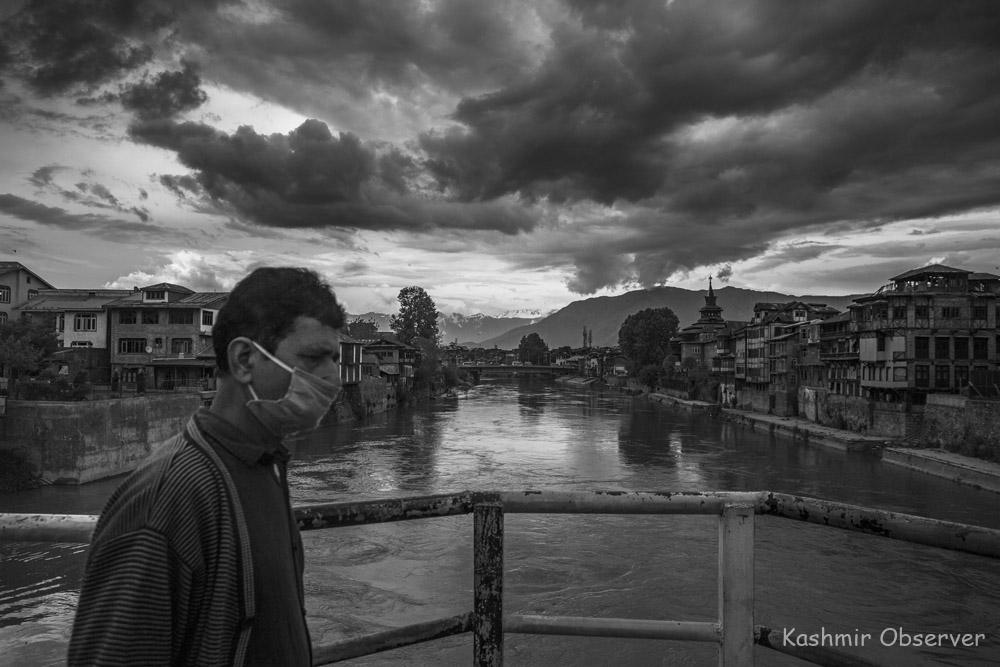
It’s not immediately clear what forced a father of two kids to commit suicide in south Kashmir’s Pulwama on the day when a famous Bollywood actor hung himself, but a detailed look at such extreme cases in the trauma-filled valley reveals a familiar pattern and response system.
Text by Swati Joshi
Photos by Abid Bhat
WHEN a girl with cold-pale face and bruised neck was rushed to Srinagar’s SMHS hospital on May 20, 2020, it looked like any other trauma case before some relative cleared the air: “The 15-year-old from Srinagar’s Bemina area was found hanging in her room.”
Six days later, as the question—what drove her to such an extreme path—was still a matter of investigation, some masked villagers in Apple Town Sopore started assembling in a neighbourhood after learning about a young man’s shocking demise.
He was found hanging from the ceiling of his room.
Sobbing and wringing their hands in pain, the villagers couldn’t know immediately what forced the 30-year-old to take his own life.
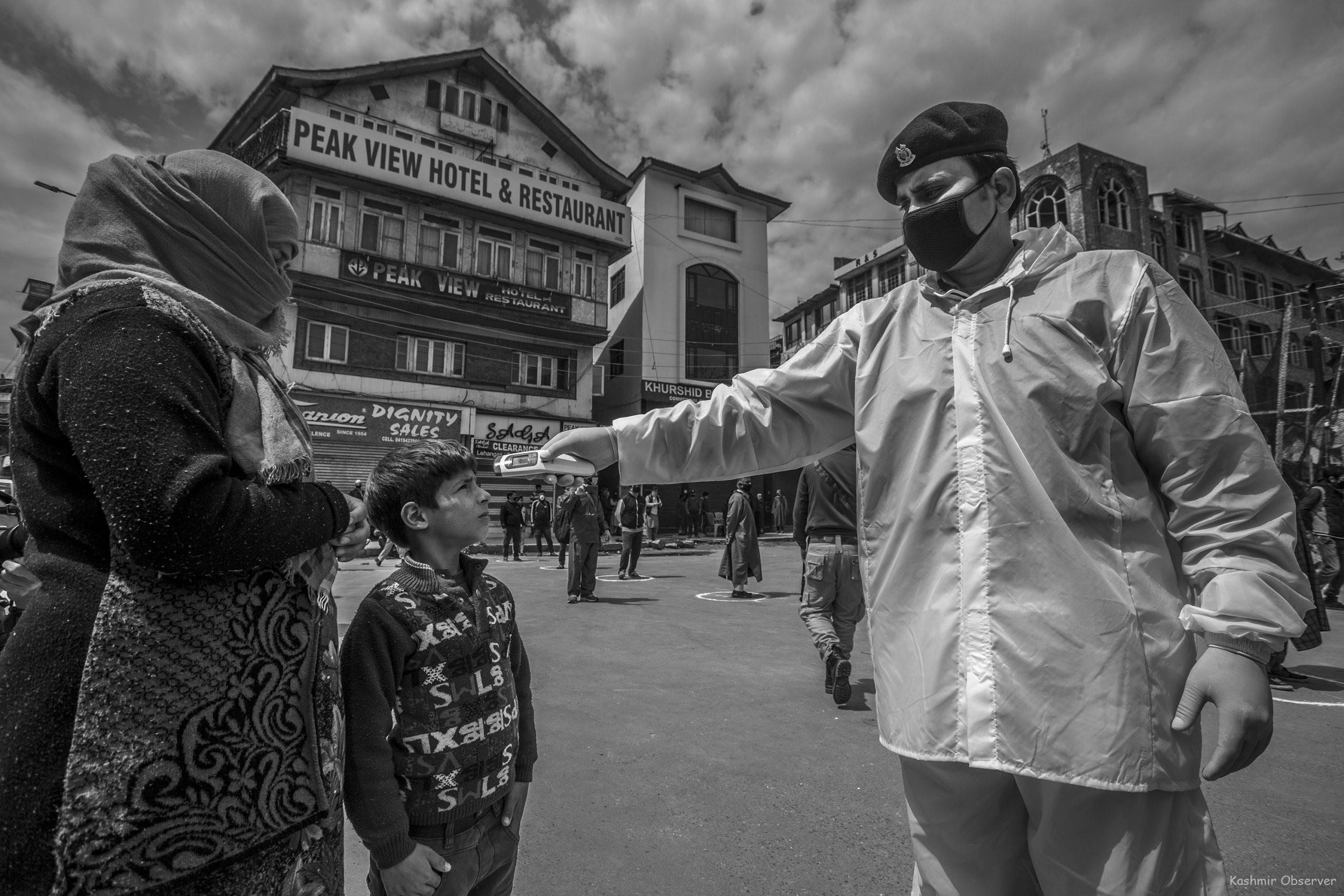
Then, on June 11, 2020, a 35-year-old driver from Dooru village of South Kashmir’s Anantnag district took his life by hanging himself at his home. As a matter of practice, police registered a case under section 174 CrPc and began investigation.
“In most of these suicide cases,” an investigative cop told Kashmir Observer, “people harbor distressed mindsets, forcing them to do the unthinkable.”
The cop detailed the case of a student who was pressurized by his parents to top the exam some years ago.
“When the boy couldn’t take the regular pestering, he hung himself in his room one day,” the officer continued.
“The boy took that extreme step after facing years of mental onslaught. More than demanding parenting, he needed a supporting family structure where he could’ve expressed himself freely. But instead he ended up succumbing to his fear and worry.”
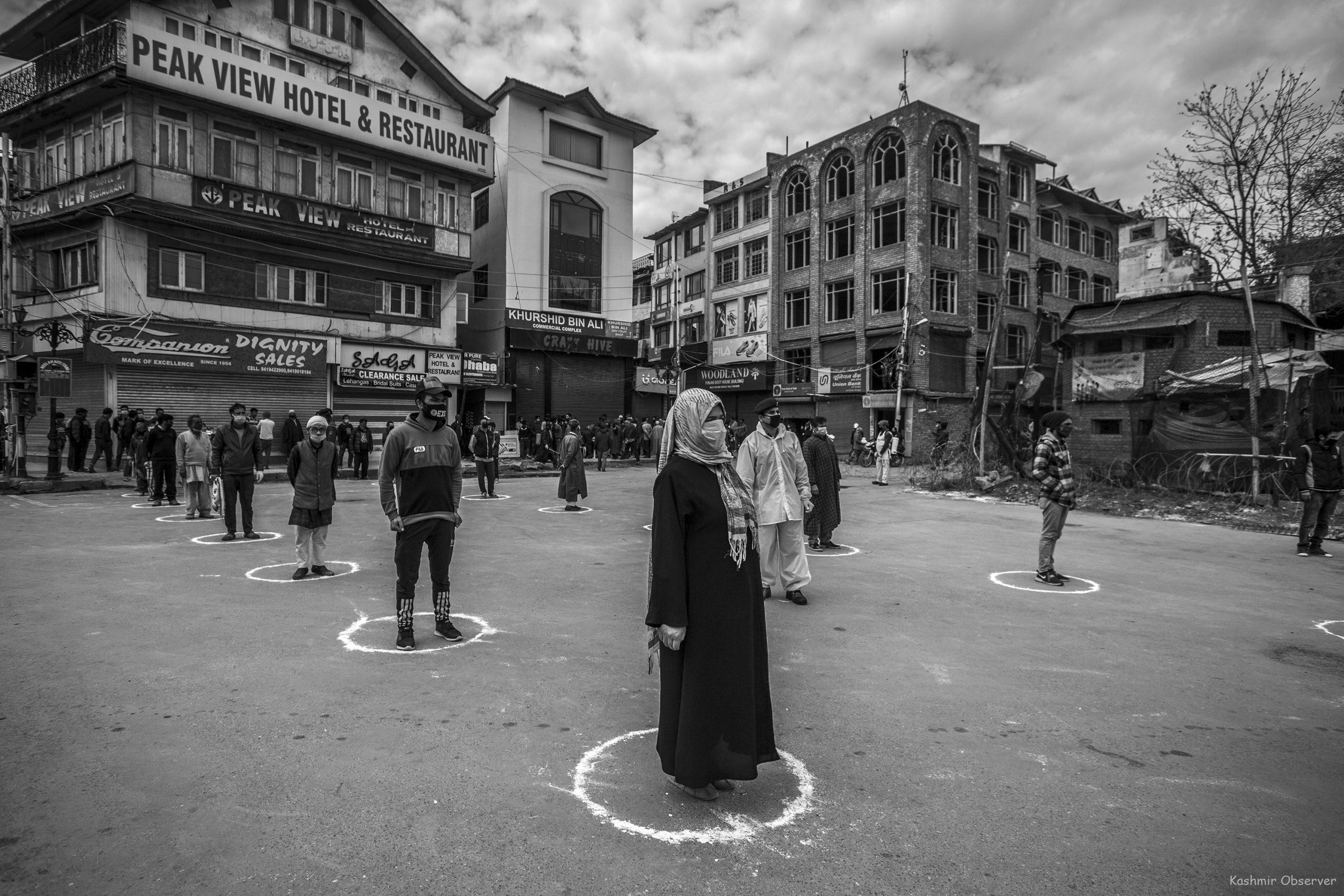
Besides stress, there’s also a strong sense of stigma.
Recalling his intern days, Dr. Arif Maghribi, a Srinagar-based mental specialist, says he once went to the Psychiatric Hospital in Srinagar’s Badamwari area. After he couldn’t locate it, he asked many people about the hospital but no one knew about it.
After half-an-hour, he enquired from a guard about the hospital.
The guard was confused and told him there is no hospital in this area, but there is a Pagalkhana—mental asylum—nearby.
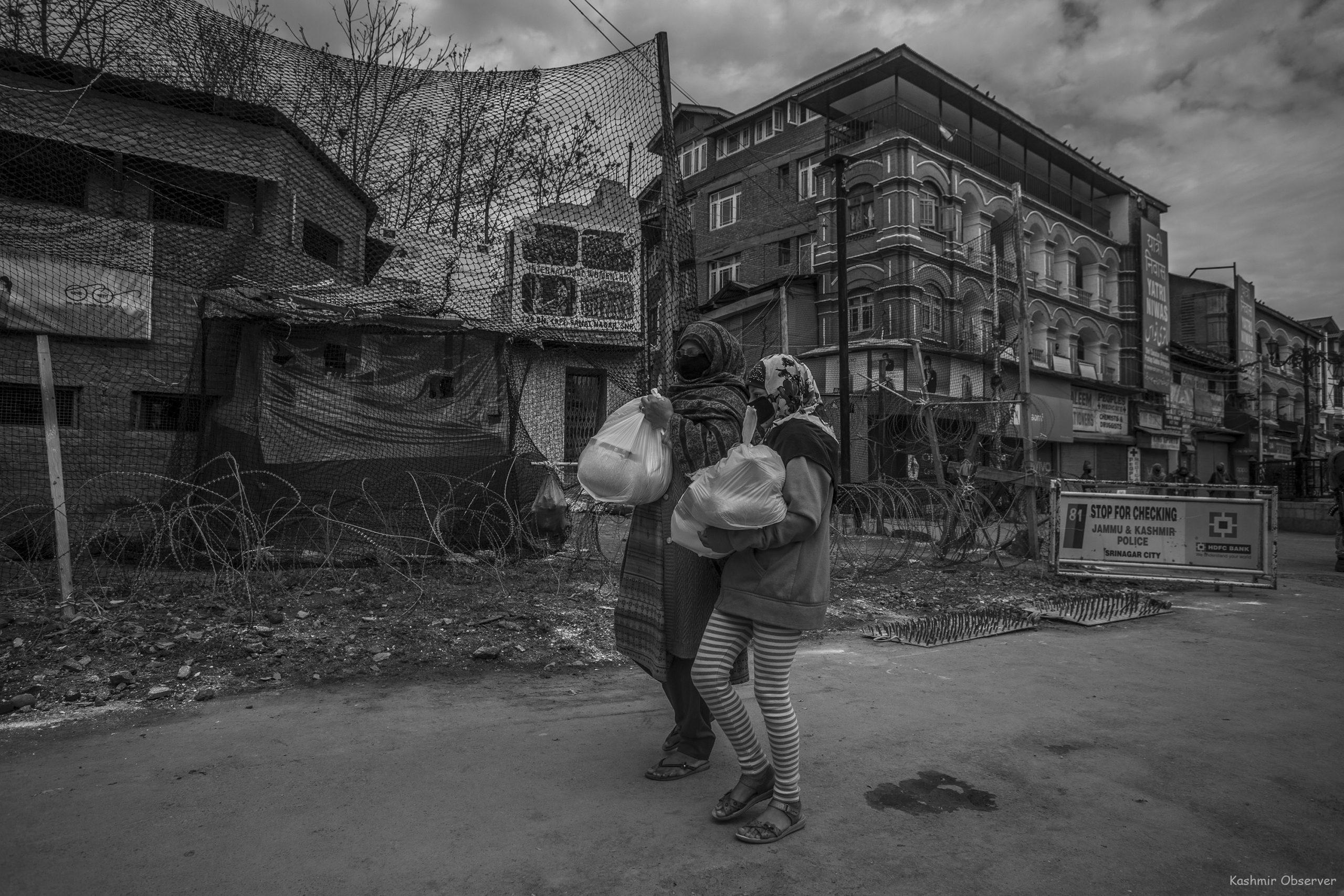
“It has been a stigma in the valley to talk about mental health for a long time,” Dr. Maghribi told Kashmir Observer.
“It’s imbibed in our mind since childhood and it’ll take some time to change that perspective.”
But at times, this sense of stigma escalates the mental trauma and forces a person to commit suicide.
“Since stigma doesn’t encourage people to consult a doctor when in distress, it eventually forces them to take irreversible steps,” Dr. Maghribi says.
“With the result, Kashmir has seen many suicide cases from people of various age groups and occupations.”
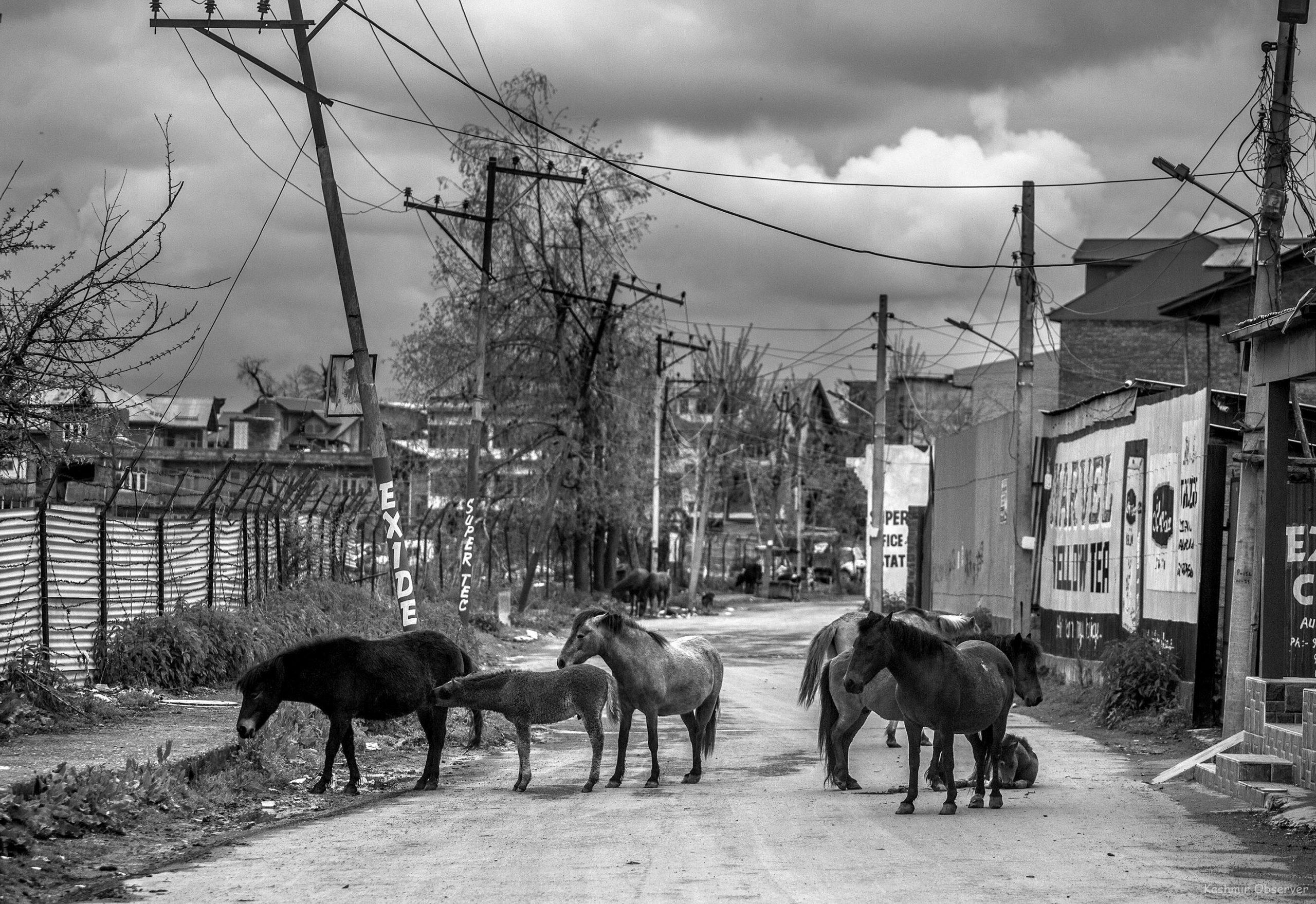
According to the National Crime Bureau Records (NCRB) 2018 report, the number of suicides in Jammu & Kashmir was 330 in 2018, as compared to 287 in 2017.
However, the number of suicides in the valley was far less as compared to Maharashtra (17,972), Tamil Nadu (13,896), West Bengal (13,255), Madhya Pradesh (11,775), and Karnataka (11,561).

“Psychiatrists in Kashmir generally receive two types of patients,” Dr. Maghribi continues. “The first category are those who have some problems in their treatment, while the second category don’t open up about depression.”
Such patients, the mental specialist says, usually talk about weight problems, joint pain and headache.
“But when we diagnose them, we get to know that they are suffering from depression,” he says.
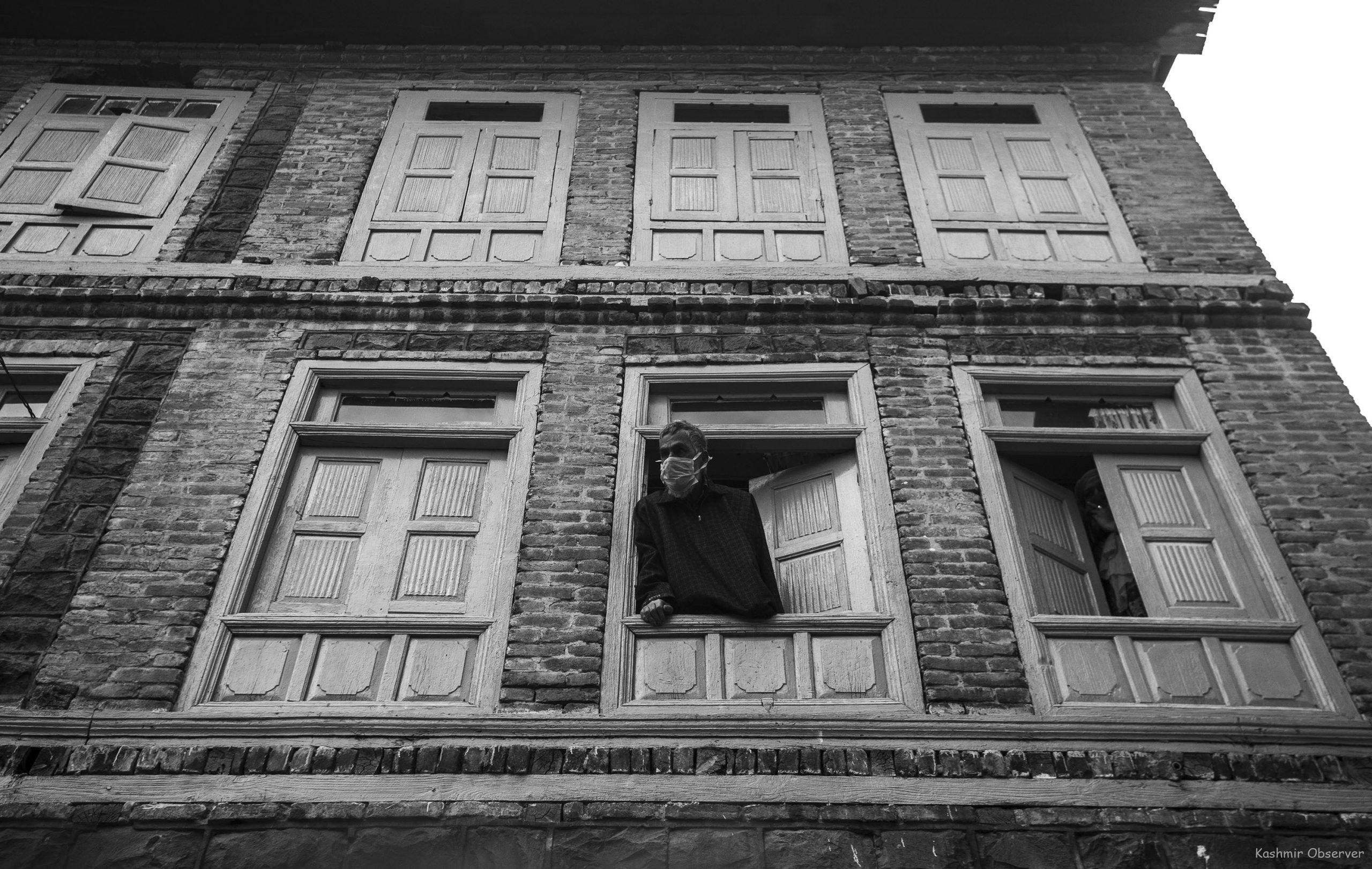
The mental specialist recalls an incident when he organized a medical camp in Pulwama, where people were reluctant to come forward.
He along with his team of interns tried to analyze people who came for a regular checkup for any mental problems.
Out of 60-70 people who came for a health checkup, 10-15 were suffering from stress, says the psychiatrist.
“We called up those patients and asked them to have counseling sessions but they were reluctant,” admits Dr. Maghribi.
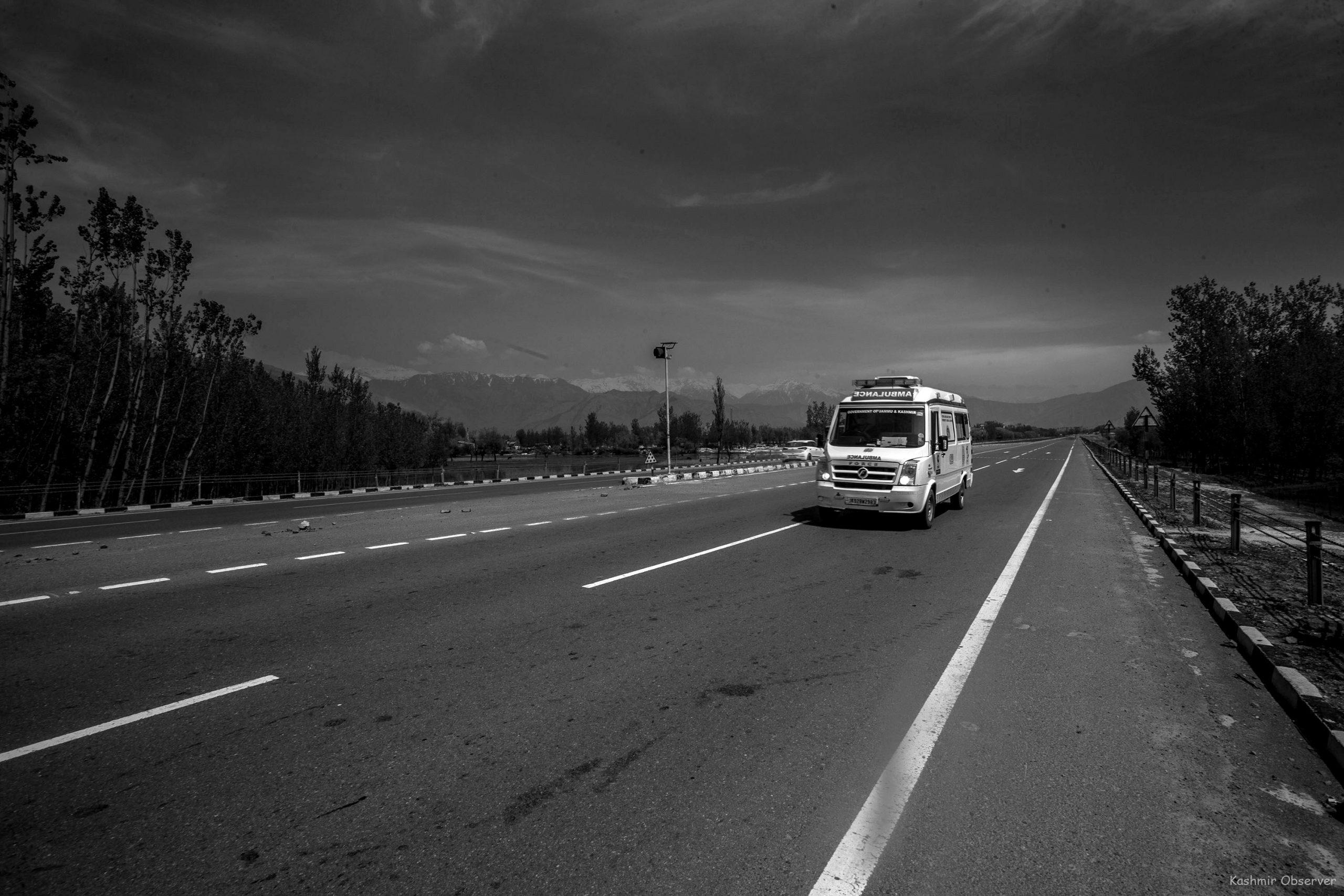
There’s also a myth among people that if they take psychiatric medicines, they will have to continue them for a lifetime.
“Problem is, everyone is a doctor in Kashmir,” complains Dr. Maghribi, who has to deal with patients whose relatives tell them to use home remedies instead of the medicines prescribed by the doctor.
But more than medicinal myths, mental specialists blame the uncertain situation in Kashmir as the reason behind the distressed mindset.
“Last summer’s political lockdown created a lot of mental unease in Kashmir,” Dr. Maghribi continues. “Business was zero, colleges were closed, people were not allowed to move freely. Due to which I received many patients who tried to do self-harm.”
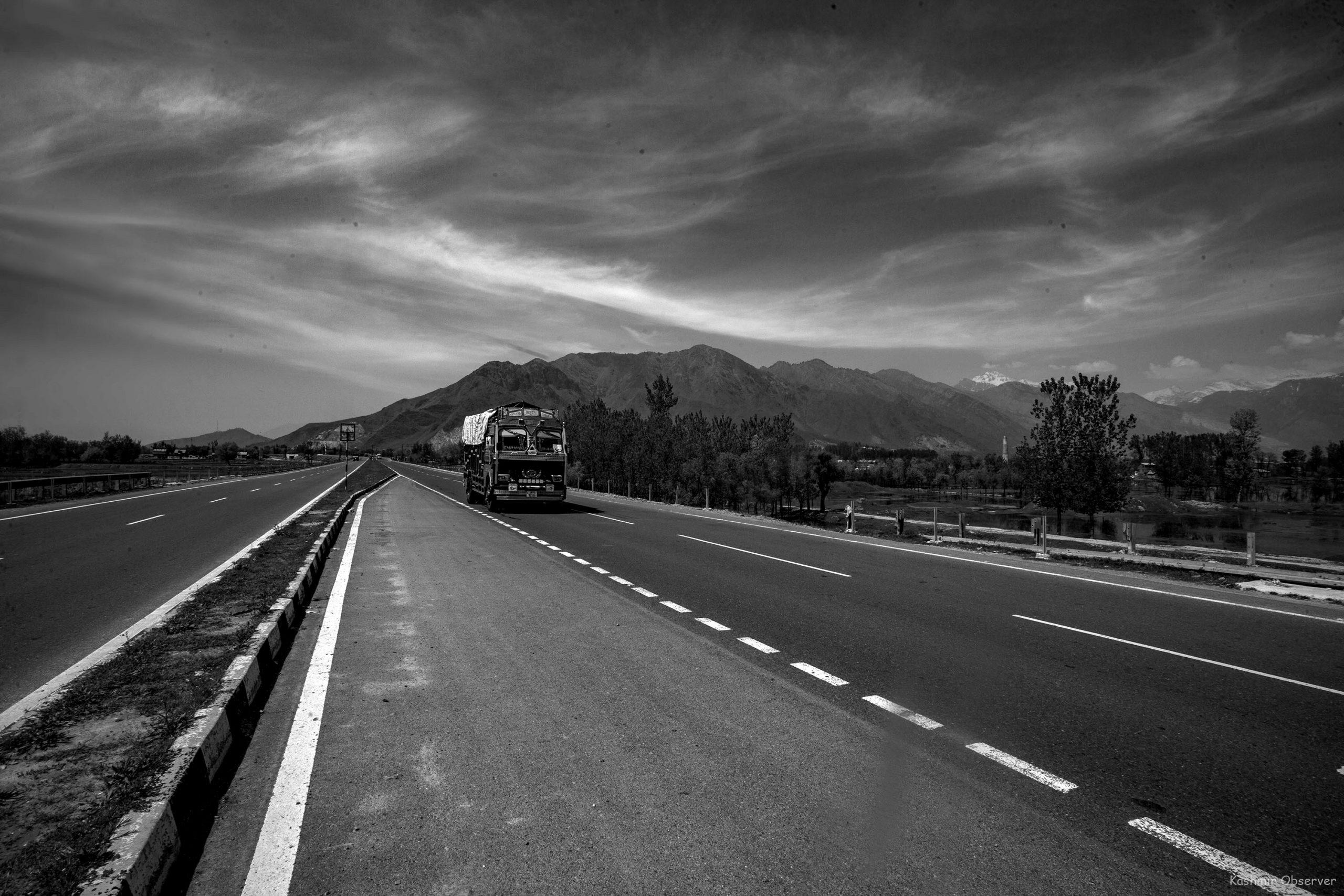
According to an editorial in the Indian Journal of Medical Ethics, after the abrogation of Article 370 when physical access and communication became difficult, a person had to walk to call an ambulance.
“Even if one had access to a vehicle, negotiating the numerous barriers put up by the army and answering their questions at each barrier meant delays in reaching a hospital,” adds the editorial.
“A third of the population had entertained thoughts of ending their life. In such a situation, to have a prolonged communication blackout and restrictions on movement, when people cannot meet or speak with friends and family except those in the immediate neighborhood must only increase stress levels,” mentions the editorial.

But despite so much of strife and stress, mental specialists say the suicide rate is low in the valley due to mental resilience in Kashmiris.
Seventy per cent of people die by suicide due to mental illness, says Hayat Kaiser, Counseling Psychologist at Childline Budgam.
“Although people die by suicide for reasons other than depression,” admits the psychologist, adding, “but estimates are that about 50 per cent to 90 per cent of people who die by suicide, do so during a depressive episode.”
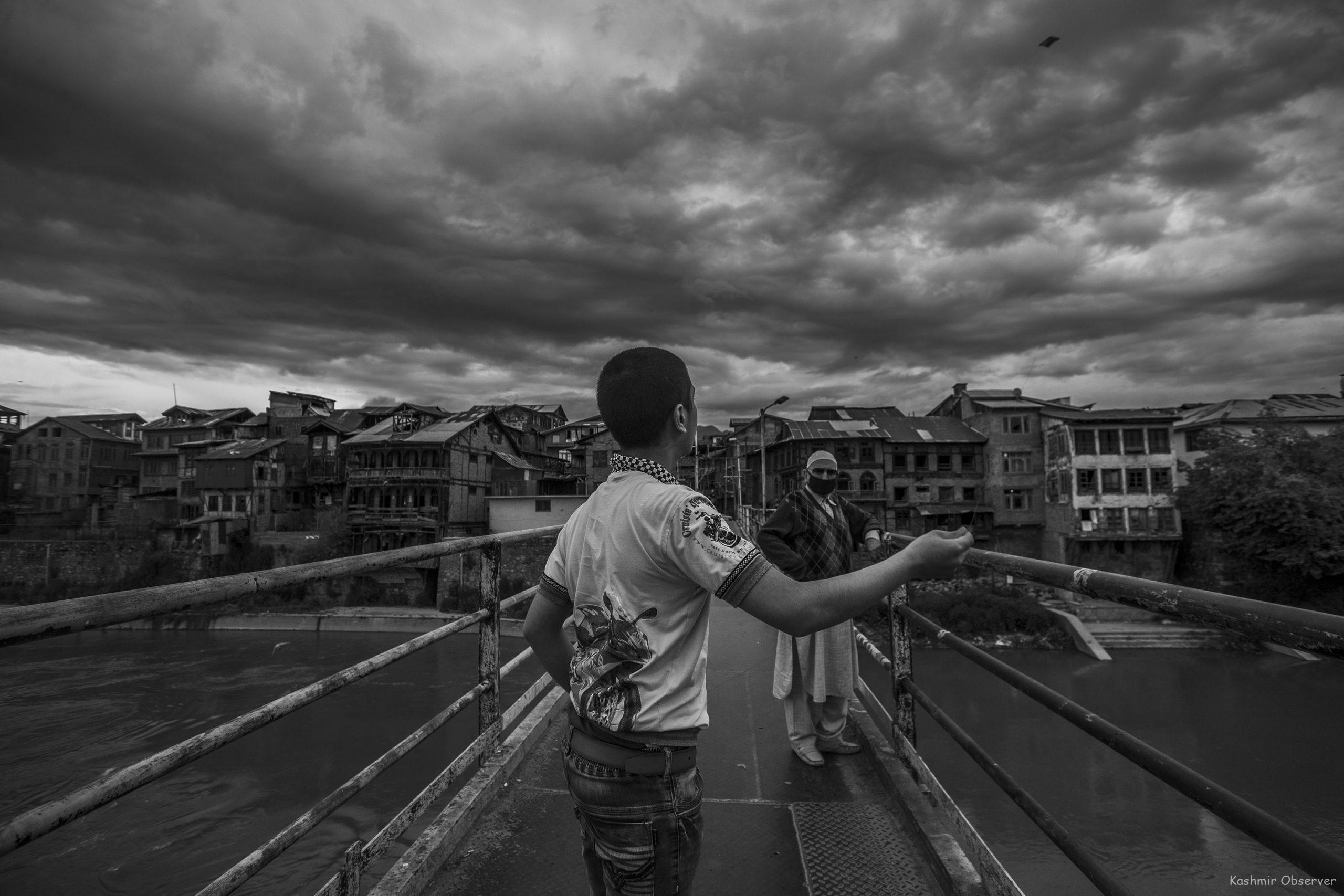
People with mental illnesses should be accepted and prioritized and they should not be neglected because people with major depression are prone to die by suicide, emphasizes the psychologist.
Kaiser believes that Kashmiri people are psychologically resilient, as they are simultaneously suffering from the external as well as internal issues. But at the same time, they are suffering from stress, anxiety, and depression, informs the psychologist.
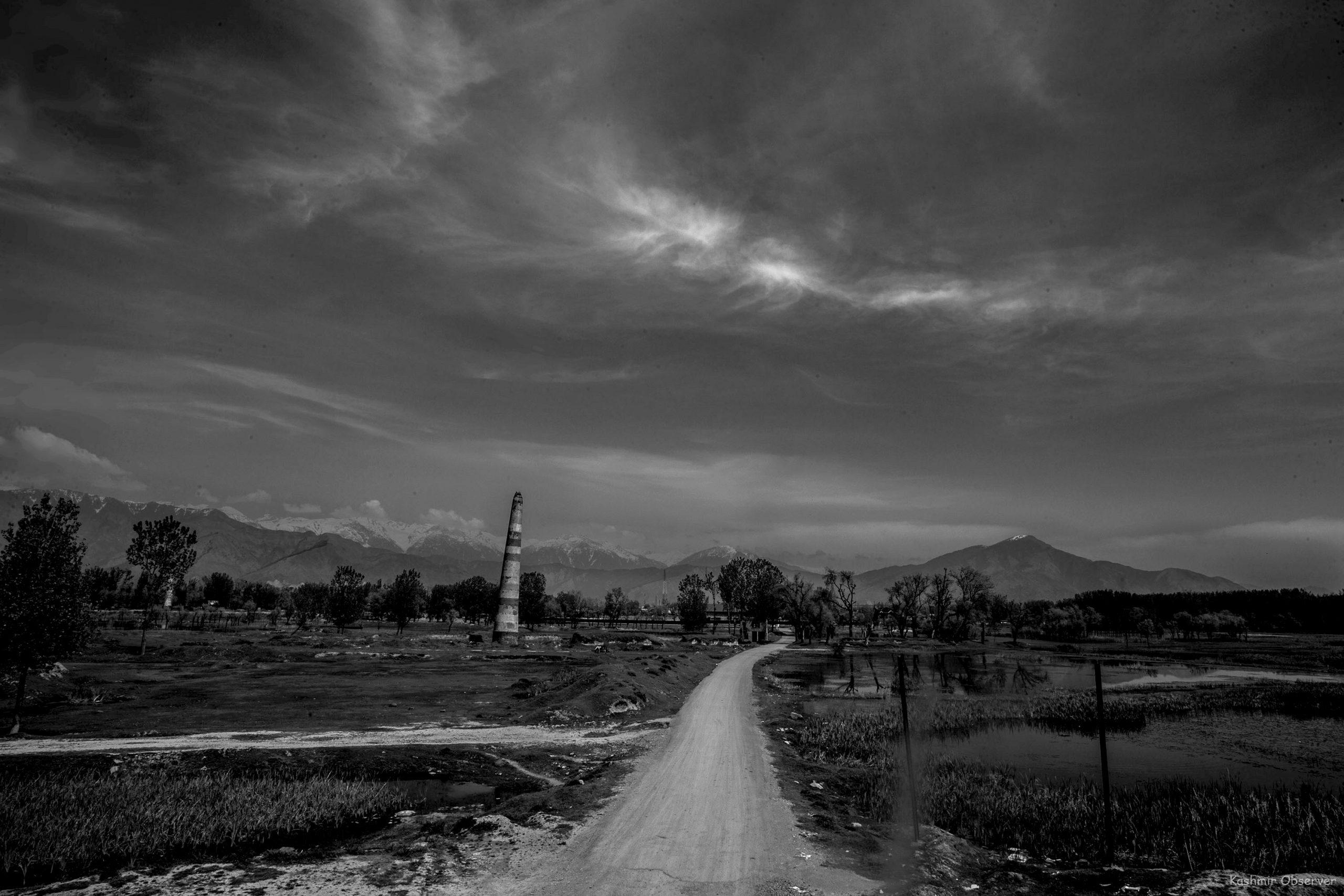
According to a Kashmir Mental Health Survey (KMHS) conducted in 2015, “Nearly 1.8 million adults (45% of the adult population) in the valley are experiencing symptoms of mental distress with 41% exhibiting signs of probable depression, 26% probable anxiety, and 19% probable PTSD.” The subjects of the study reported that the gap between treatment need and the provision in Kashmir is multifaceted and complex.
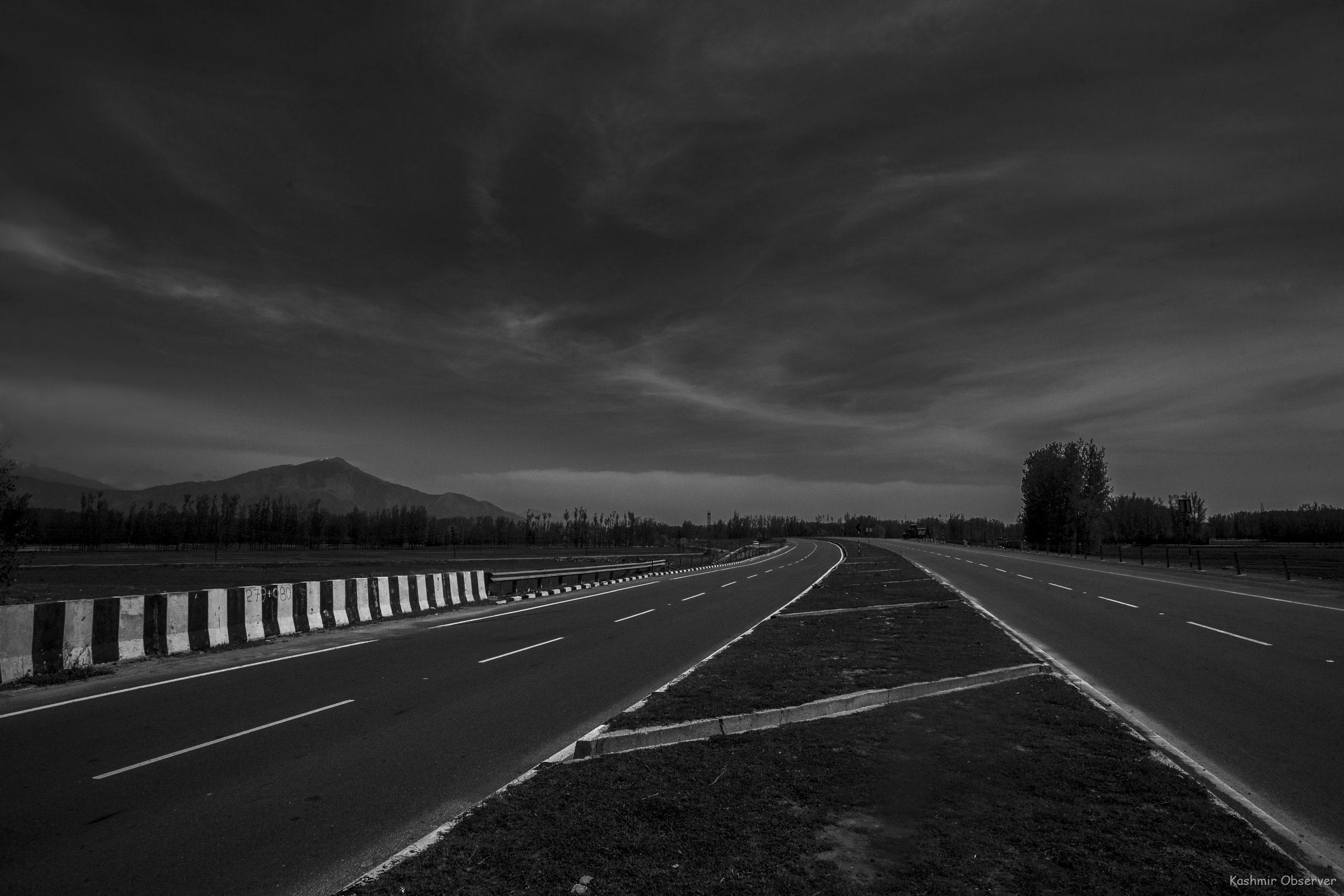
Every person has a different level of stress endurance limit, says Ifra Amin, mental health counselor at Youth Development and Rehabilitation Centre, Srinagar.
When the threshold of stress endurance level is crossed, people attempt suicide, adds Amin.
“A person dying by suicide is not coward,” says the counselor, adding, “they take such steps because they fail in finding solutions to their problems.”
People dealing with mental issues should be handled empathetically, emphasizes Amin. She believes that though the stigma to talk about mental health is reduced but still it is a taboo in many societies.
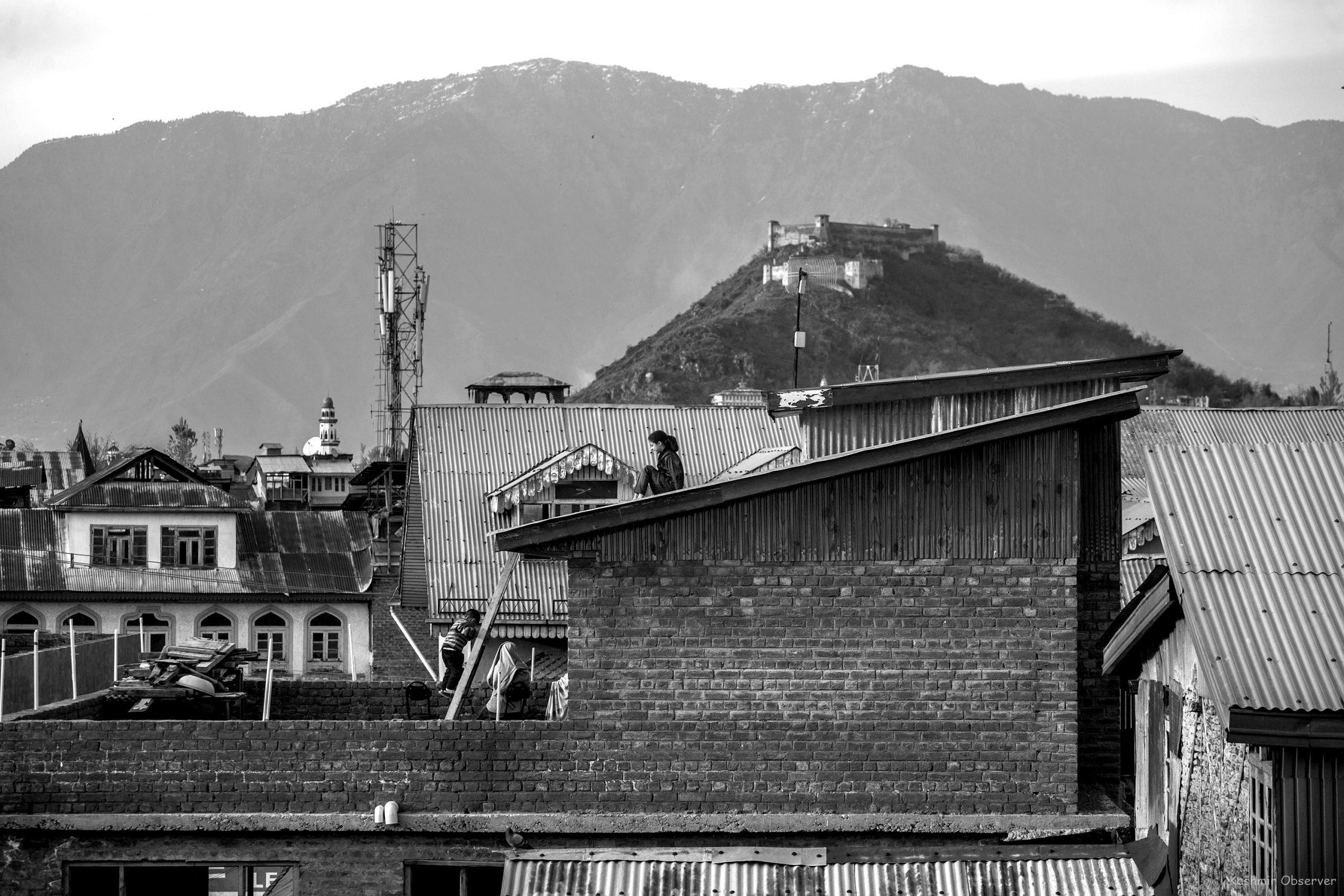
Amin thinks that it is a myth that counselors can read a patient’s mind. She explains that for patients to open up and trust the professionals they have to build a rapport with them and understand their viewpoint.
Speaking about how to deal with people having suicidal thoughts, Amin stresses that patients should have a strong support system. “Family and friends should listen empathetically without giving any judgment,” adds the counselor.

If the family has a negative approach towards a person going through mental problems, it will create a negative impact on his mind, explains Amin.
She says that every person has some sort of anxiety or stress but people who die by suicide have a different level of severity.
“If I have an exam tomorrow, I will be anxious but it will be fine once the exam is over,” says the counselor.
But if the anxiety is consistent then it is a problem, continues Amin.
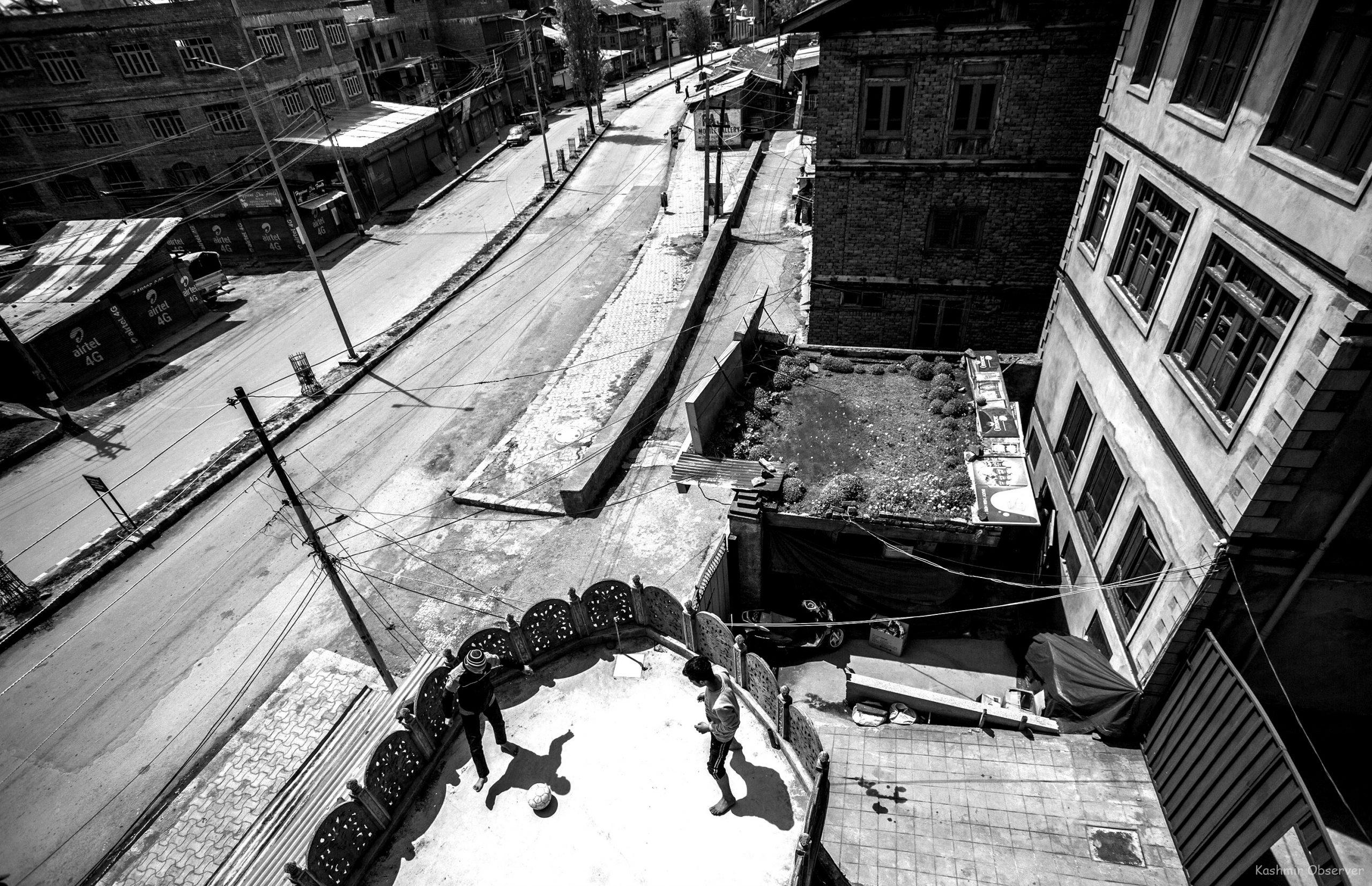
Talking about the condition in Kashmir, Amin has the same opinion as Kaiser. “There are many mental health issues in the valley but people cope up very easily,” says the counselor, adding, “it may be inherent or god-gifted.”
Irshad Ahmad, a clinical psychologist at Government District Hospital, Kulgam believes that lots of programs organized at school and college level about suicide prevention has helped Kashmiris to maintain a low suicide rate in the valley.
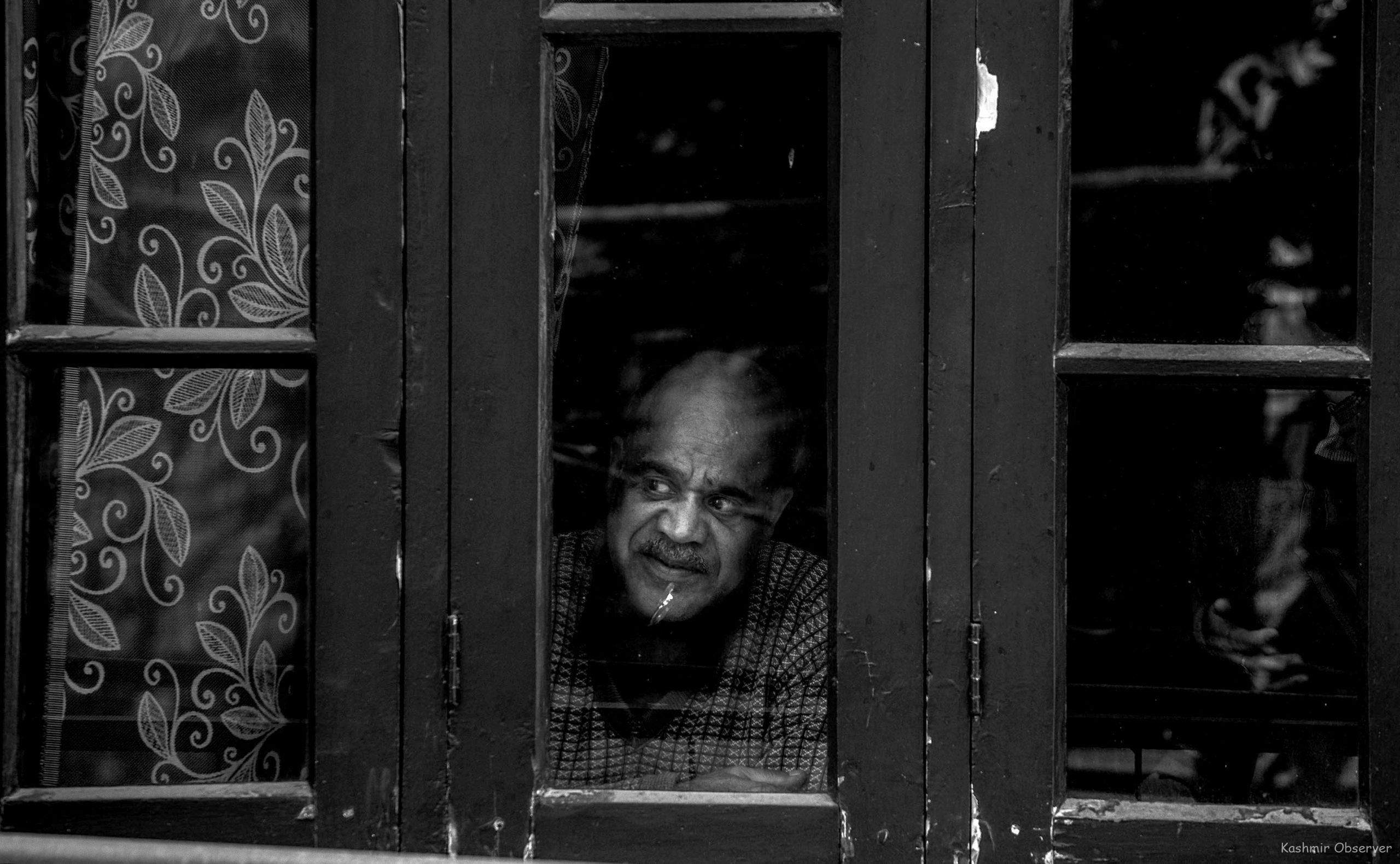
“In Kashmir valley, district mental health programs are running under which counseling sessions are held and psychology education is given at college and school level,” adds Ahmad.
According to the World Health Organization (WHO), 8,00,000 people die by suicide every year which means one person dies in every 40 seconds.
“There are indications that for each adult who died by suicide,” the WHO states, “there may have been more than 20 others attempting suicide.”
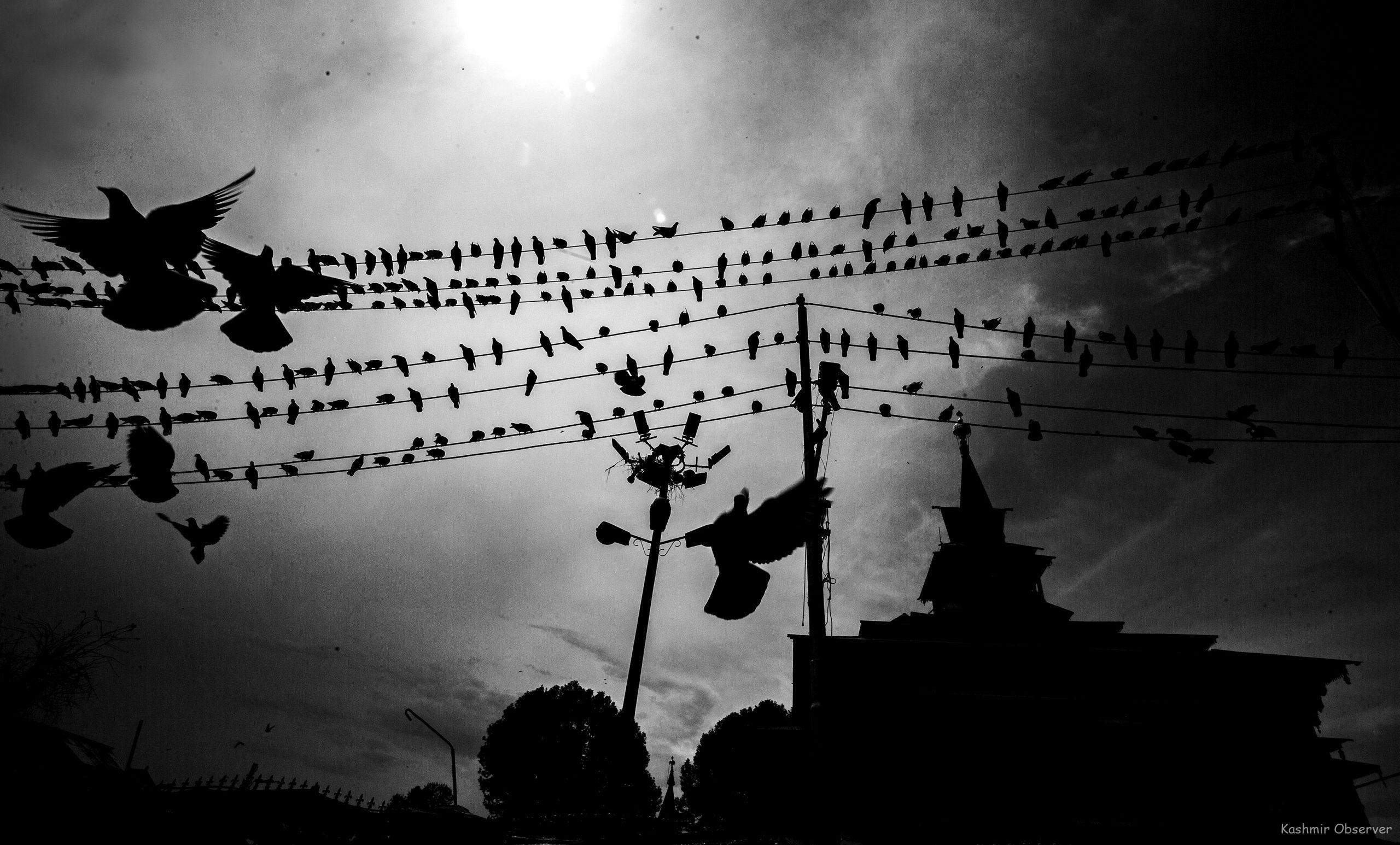
Suicide is a major public health concern and every year millions of people around the world attempt it, says Ahmad.
“And there are many causes for it,” he says.
“It can be any mental health issues, subject abuse, loss of loved ones, job issues, marital problems and hopelessness. Negative events and prolonged stressors are more vulnerable to attempt suicide,” stresses Ahmad.
The biggest problem with people is that they hide mental health issues which lead to people taking irreversible steps, says a psychologist counselor at District Hospital Pulwama on the condition of anonymity.
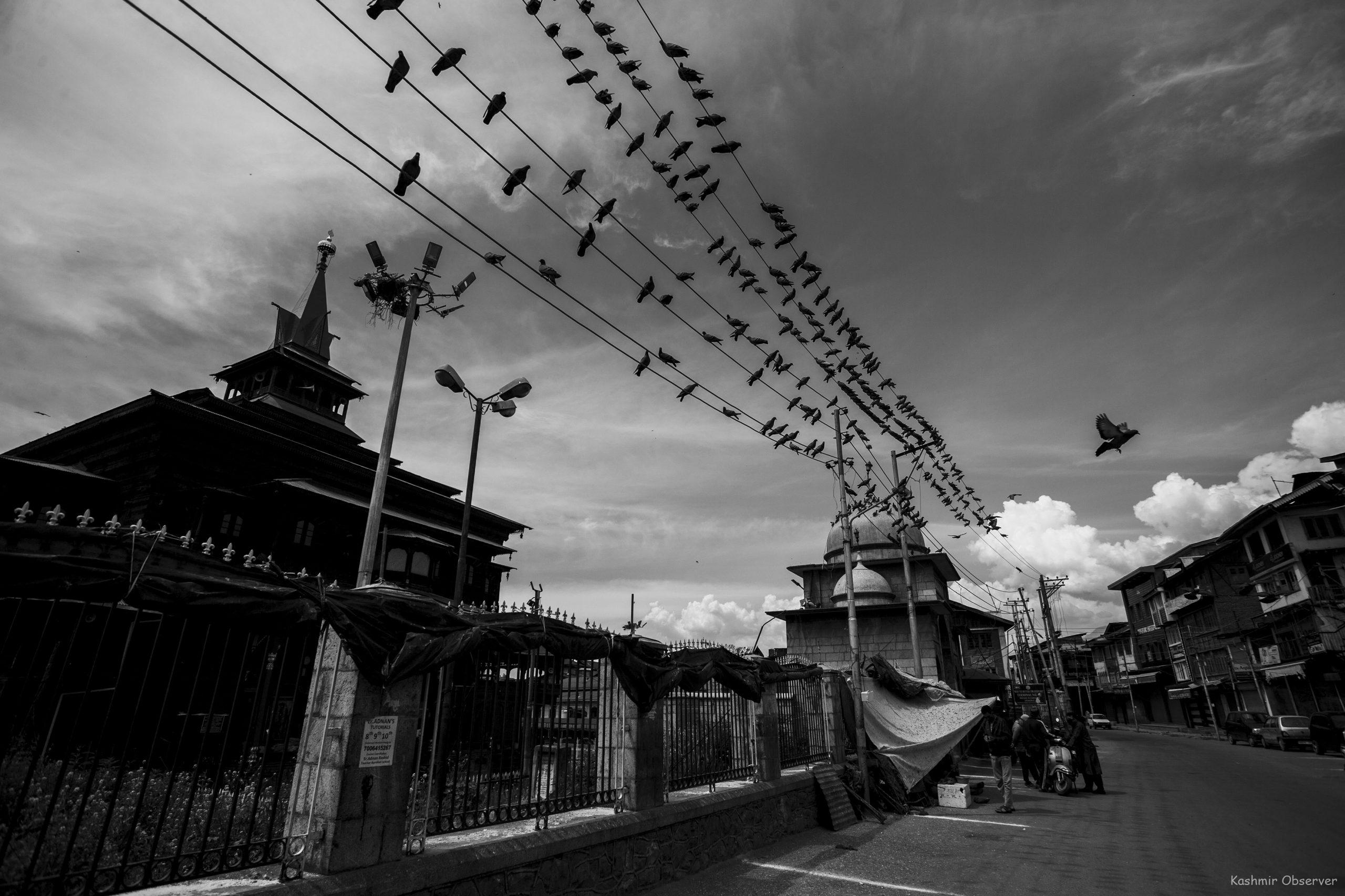
Many people think that rich people don’t have any mental health problems but this is wrong, says the counselor. He believes that there is a lack of awareness about mental health amongst people.
Explaining the main reason of people attempting suicide, the counselor says that people lack Unconditional Positive Regard (UPR).
UPR is a psychological term defined as “the attitude of complete acceptance and love, whether for yourself or someone else.”
When a person has UPR for someone, “nothing they can do could give you a reason to stop seeing them as inherently human and inherently lovable.”
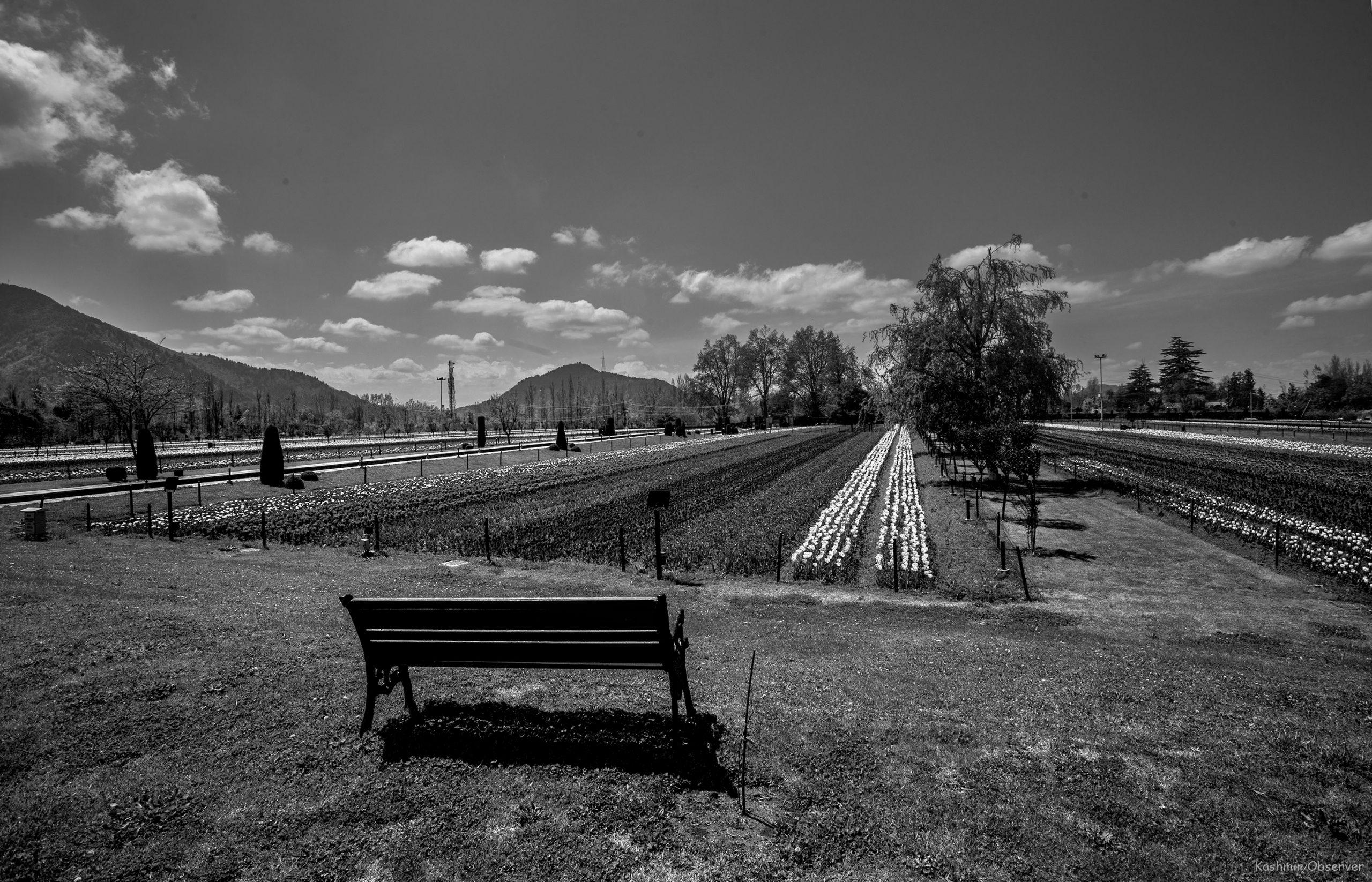
But despite all the lockdowns, communication blockades and raging strife, the low suicide rate in the valley highlights the resilient lifestyle in the valley.
“Kashmiris have been brought under a hardship since childhood,” the counselor says.
“When they face any tough situation in adulthood, they know how to cope up with it. If there is a gunshot in America, people will panic. But Kashmiris have become so familiar with all these things that it doesn’t affect them much.”
Editor’s Note: Pictures for this piece have been purely selected for their deserted life portrayal of Kashmir during lockdowns. They may not compliment the original storyline, but they depict the desolation distress — one of the reasons why the valley brave secret sorrows today.
Follow this link to join our WhatsApp group: Join Now
Be Part of Quality Journalism |
Quality journalism takes a lot of time, money and hard work to produce and despite all the hardships we still do it. Our reporters and editors are working overtime in Kashmir and beyond to cover what you care about, break big stories, and expose injustices that can change lives. Today more people are reading Kashmir Observer than ever, but only a handful are paying while advertising revenues are falling fast. |
| ACT NOW |
| MONTHLY | Rs 100 | |
| YEARLY | Rs 1000 | |
| LIFETIME | Rs 10000 | |










